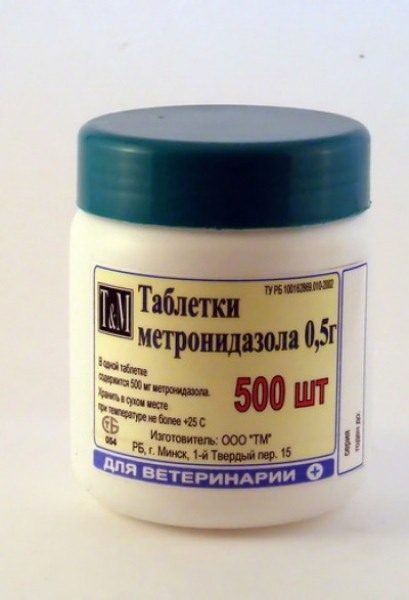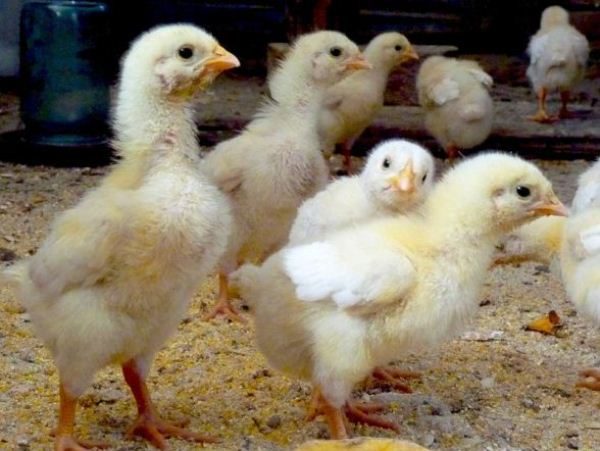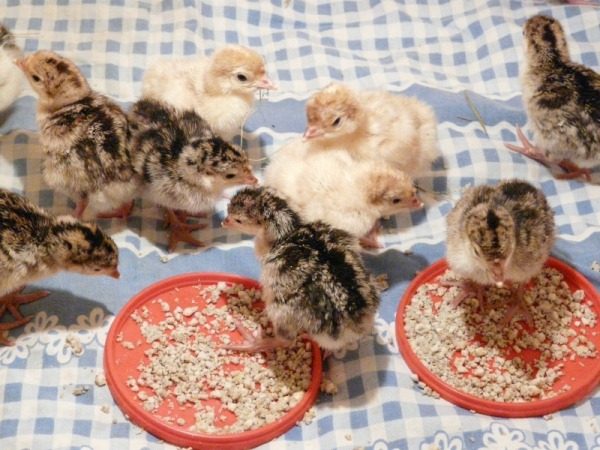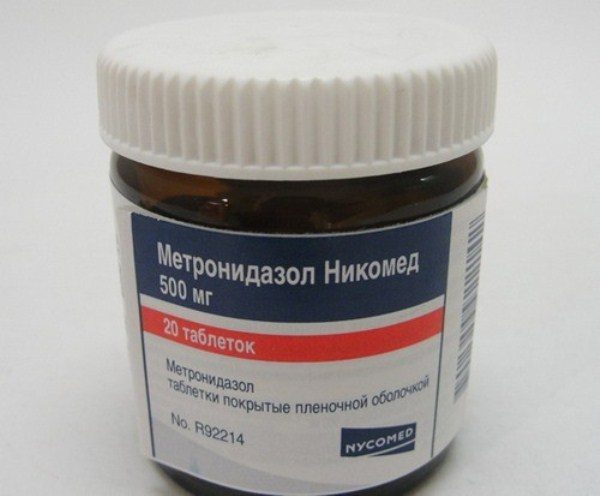One of the most common problems in the poultry industry is diseases of invasive naturethat are called parasites that enter the body through contaminated litter or feed. Without appropriate treatment, they can cause very great economic damage, both to private farms and farms. One of the means to combat this disease is metronidazole, with instructions for use of which can be found below.
Table of contents
For what diseases is metronidazole used
Metronidazole is an antiparasitic drug. with a pronounced antibacterial effect. It is effective against most protozoa and anaerobic microorganisms. In poultry farming it is widely used for the treatment and prevention of such common diseases like:
- Coccidiosis
- Histomoniasis
- Trichomoniasis

After taking the drug is very quickly absorbed from the digestive system and is distributed in the tissues and organs of poultry. Metronidazole has the ability to penetrate from the circulatory system into the nervous system and accumulate in the liver. From the body is excreted within 2 days in the urine and feces.
How to apply an antibiotic for different types of birds, instructions
Broiler chickens
When growing broiler chickens This antibiotic can be used both for the purpose of prophylaxis and directly for treatment of coccidiosis or histomoniasis. These diseases affect the digestive system of the young in the first days of life and cause focal inflammation, which, without appropriate treatment, will lead to complete damage to the liver. As a result, the cost of feeding increases or there comes a partial or complete loss of livestock.
Symptoms of coccidiosis:
- Strong reduced appetite.
- Very young drinks a lot.
- Chickens inactive, go astray.
- The bird tries to settle down as much as possible. closer to heat.
- Chickens are sitting chuckling and ruffling plumage.
- Present diarrhea with blood.
- Can sometimes be observed full or partial paralysis.

Prophylactic treatment of young broilers spend every 2 weeks until the age of 1.5 months. The drug is laid in the feed at a dose of 20-25 mg per kg of live weight of the bird for 5 days. Adding powder to water is not advisable and ineffective, since it practically does not dissolve in it and settles at the bottom of the drinkers.
Turkey poults
When growing turkey poults Metronidazole is used as a prophylactic and therapeutic agent for the treatment of such a dangerous disease as gistomonoz.This young age is subject to this ailment, starting at 2 weeks of age. After infection, the birds begin to develop inflammation in the liver and cecum, which progress without appropriate treatment and further lead to severe exhaustion and death.

The main symptoms of histomoniasis:
- Appetite reducedand in severe cases it may be completely absent.
- The bird is in a depressed state, inactive.
- Wings lowered, and plumage dirty and disheveled.
- Observed frothy diarrhea bright yellow.
- Sometimes observed blue skin on the head, for which the disease and received the second name "black head".
The drug can be given to turkey poults, both for the purpose of prevention, and directly for treatment. The dosage in these cases will vary. For prophylaxis powder of metronidazole tablets is added to the feed at the rate of 20 mg per kg of live weight of the bird for 3-5 days. Therapeutic dose for turkeys will be more, and will be 25 mg per kg of weight, it will be necessary to give it within a week.
Goslings
When growing goslings metronidazole is used as a prophylactic agentand directly for the treatment of diseases. For example, such as, trichomoniasis or gistomonoz. For these diseases are characteristic severe damage to the digestive and respiratory systemswhich ultimately lead to death from exhaustion or choking.

The main symptoms of trichomonase:
- In the sick bird in the throat can be seen yellowish bloom.
- Elevated temperature.
- Goslings refuse to eat, the general condition is depressed.
- Present diarrhea yellowish gray with offensive odor.
- Goiter increases.
- Observed labored breathingaccompanied by discharge from the nose and eyes.
The disease can last up to 2 weeks. The death of goslings can from it can reach 90%. For the treatment of diseased birds the drug is added to the feed at the rate of 25 mg per kg of body weight for 10 days.
Other birds
Metronidazole can also be used to treat pigeons, quails, or guinea fowls. Drug dose in this case it will be 20 mg per kg of weight.
How to give for the treatment of adult birds: ducks, geese and turkeys
In the process of raising poultry, it is often necessary to treat adult herds. This is especially necessary for waterfowl species, such as geese or ducks, for example. Also very often metronidazole is used to treat adult turkeys.

Dose of the drug during treatment is 1.5 grams of active ingredient per kilogram of feed. Giving it is necessary for 10 days.
Such treatment, carried out for the purpose of prophylaxis or treatment, further allows to obtain strong and healthy offspring from the breeding stock.
Side effects
If a use metronidazole according to the instructions, do not exceed the recommended dosage and terms of use, then the risk of unwanted side effects is minimized. Very rarely when using the drug can be observed allergic reactions. In this case, the reception must be stopped and contact a veterinarian who will select other drugs with a similar effect.

Contraindications
Contraindications to the drug there can only be an increased sensitivity to the active substance, which is extremely rare.
Pharmacological properties
Metronidazole has a detrimental effect on most protozoan parasites: Trichomonas, gistomonad, amoebae and a number of others. It is also effective against common anaerobic bacteria. After ingestion, it enters the digestive system, from where it spreads very quickly to all tissues of the organs. He also has the ability to accumulate in the liver.
Release form, dosage
Metronidazole is produced in pill form. with a mass of 0.5 grams. The content of the active substance in them can be 0.25 or 0.125 g. Tablets can be packed in plastic cans or cardboard boxes of 250 or 1000 pieces.

Metronidazole is a drug, so before using it, it is advisable to consult with a veterinarian. He can accurately diagnose a diseased bird, choose the right dose of the drug and determine the duration of treatment.
